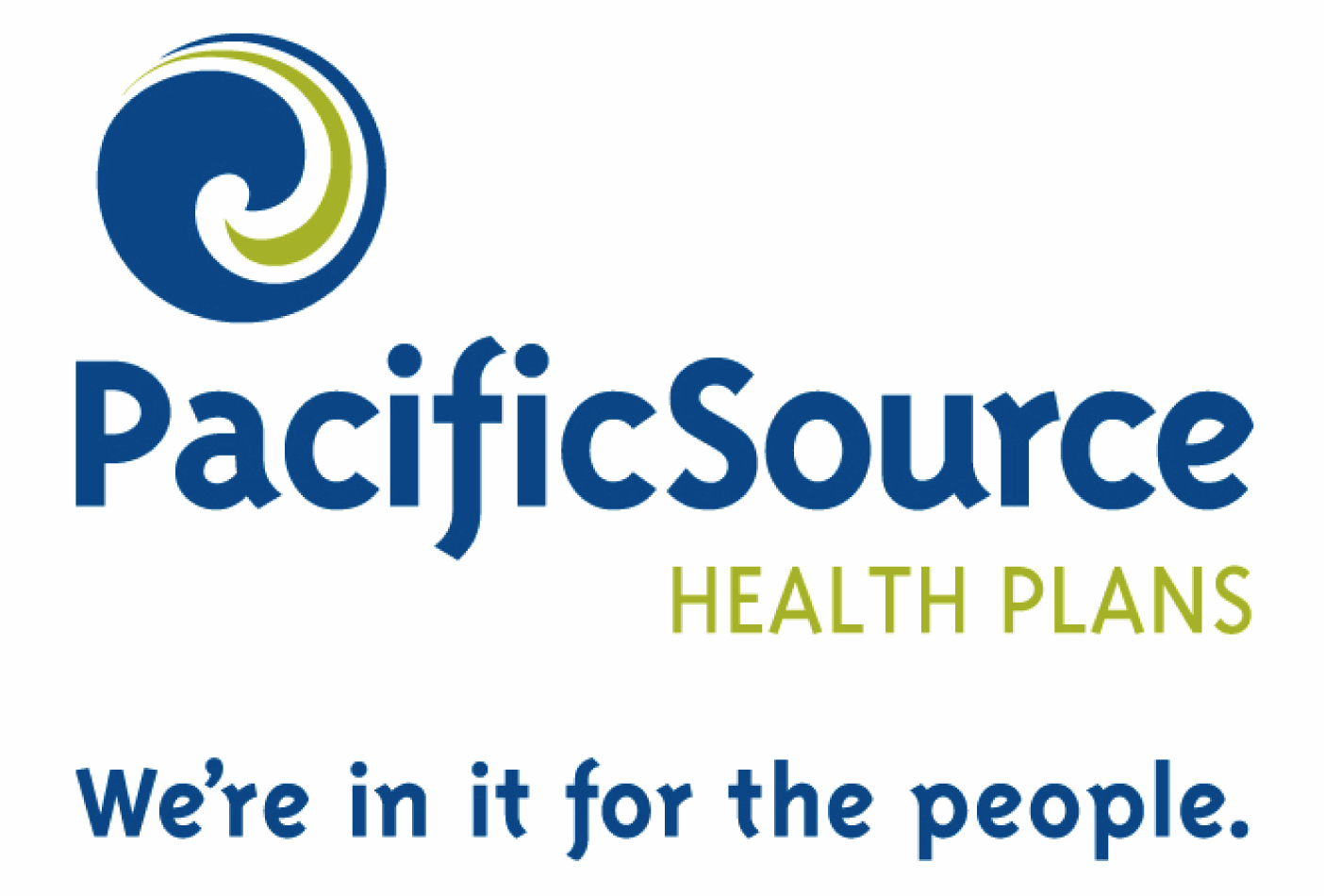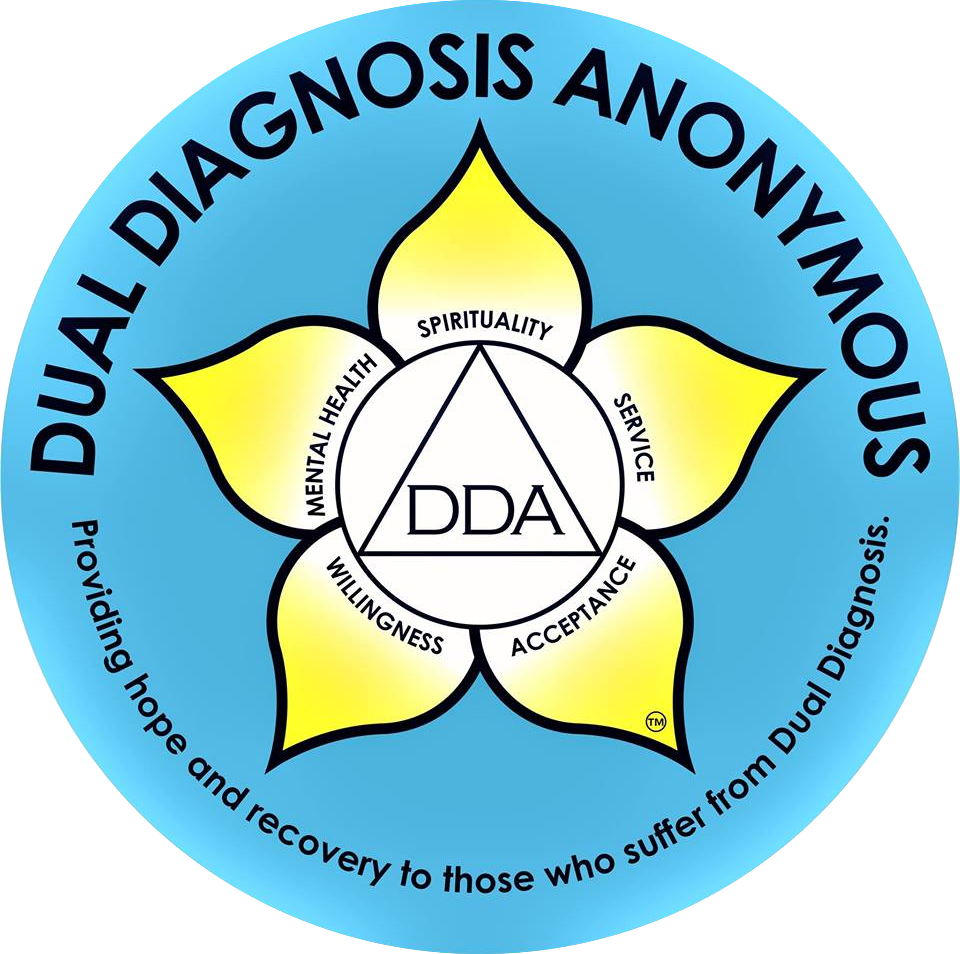Here’s a great article by Pauline W. Chen, MD, published recently in the New York Times. She begins:
“Transforming primary care — from easily measured, time-limited activities that closely track the existing reimbursement system to more valuable but also more time-consuming ones, such as supporting patients as they become engaged in managing their own health — is a complex process…. Although many physicians welcome such a challenge, it is also an expensive diversion from revenue-generating activities that adds to the pressures on an already strained primary care business model.”
But, as Dr. Baron notes, even with the best of intentions and the financial support of several insurance companies and the state, changing the way primary care is practiced has been both difficult and costly for the care providers in his group. As he writes:
Dr. Baron’s more recent paper in the health care policy journal Health Affairs describes how his practice has attempted to move away from the traditional fee-for-service care model to a more comprehensive one that is centered on the patient and preventive care. As part of a three-year statewide and multipayer-financed initiative that compensates providers for not only office visits but also prevention and disease management, Dr. Baron’s group has developed a program that encourages continuing dialogue between providers and patients with diabetes, high blood pressure and elevated cholesterol, patients who make up nearly three-quarters of the group’s practice. Patients meet with trained medical assistants and create a set of self-management goals that become part of their electronic medical record, then share the results of their efforts with the medical team on an interactive Web site and during follow-up calls.
Over the last month, Dr. Baron, a general internist and geriatrician who leads the Greenhouse Internists, a five-physician primary care practice in urban Philadelphia, has published two papers, both of which address the present and the future of primary care from the perspective of a community physician. The first paper, which appeared in The New England Journal of Medicine and bore the provocative title “What’s Keeping Us So Busy in Primary Care?” documents in stunning detail the “invisible” work that primary care practitioners must do in addition to seeing patients each day. There are on average 17 e-mail messages to write, 14 consultation reports to review, 24 phone calls to field, 11 X-ray and imaging reports to read, 12 prescriptions to refill (not including those done during a visit or phone call) and 20 laboratory reports to be checked, all on top of the work involved in seeing a daily quota of at least 18 patients.
What is not so clear though in the primary care debate is which of these many opinions we should heed. Should the perspective of presidential advisers, policy wonks, research whizzes or political pundits shape the future of care delivery? Or should we listen to the community practitioners who provide the overwhelming bulk of primary care in this country, practitioners like Dr. Richard J. Baron?
Now, with 40 million more patients on the horizon, the discussions about the fate of primary care have taken on an even more frantic tone, reminiscent of a common clinical scene. When it comes to the sickest patient in the hospital, everyone else always has an opinion about the best thing to do.
What is clear is this: primary care is hurtling toward a crisis point. Once lauded as health care’s frontline clinicians, primary care practitioners — general internists, family physicians, geriatricians, general pediatricians, nurse practitioners and physician assistants — are instead struggling with growing paperwork demands, inadequate and misaligned reimbursement and dwindling numbers of providers.
Read her article and interview here.










Recent Comments